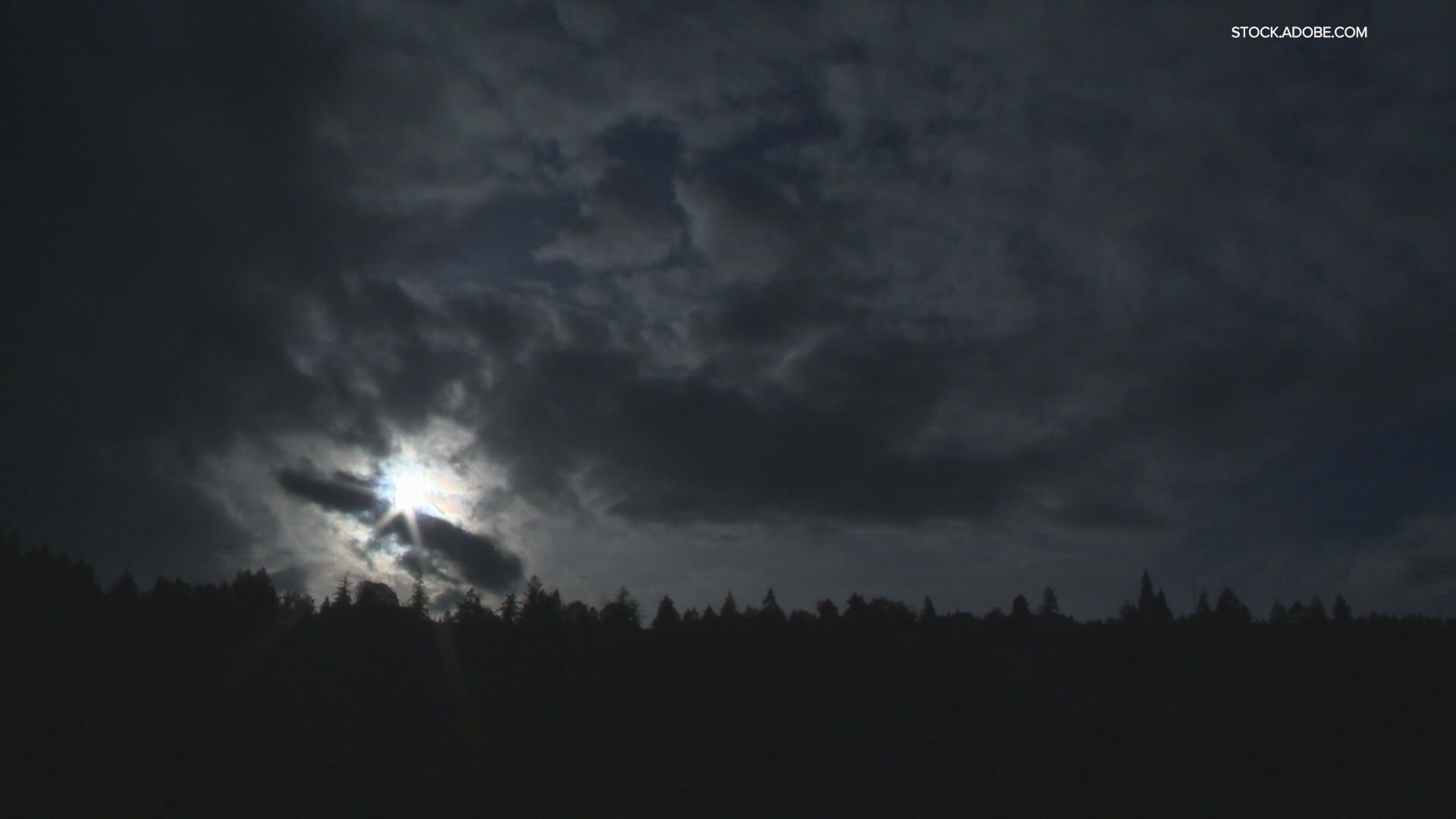PORTLAND, Ore. — While the holiday season is winding down, the long winter nights will trudge on for a few months. That can have a major impact on mental health.
Seasonal affective disorder, also known as SAD, is a subset of mood disorders, like depression, that has a seasonal component to it.
There is a difference between what we think of as "holiday blues," sadness, or anxiety brought on by the stresses of this time of year and SAD. Depression associated with SAD is related to changes in daylight hours, not the calendar, according to the National Institute of Mental Health.
“Most seasonal depression happens in the fall and goes through the winter and tends to remit in the spring,” Dr. Tracy Muday said. “But it’s possible for it to start in the spring and go through the summer as well.”
“The symptoms of seasonal affective disorder are the same as depression," she added, "it’s just that they occur at the same time year after year.”
Those symptoms can include:
- feeling sad or down most of the day, nearly every day
- feelings of hopelessness or helplessness
- loss of interest in hobbies or activities
- oversleeping or insomnia
- difficulty concentrating
- thoughts of not wanting to live
“Even depression or seasonal depression is on a continuum," Dr. Muday continued. "There’s mild depression that can sometimes respond to lifestyle factors and simple interventions, but there’s more moderate to severe that definitely warrants attention, medical attention — sometimes medications, sometimes counseling, sometimes all of those things together.”
The specific cause of SAD isn’t totally clear. However, according to the Mayo Clinic, there are several factors believed to play a role:
- Circadian rhythm: The decrease in sunlight may disrupt your body’s internal clock leading to feelings of depression.
- Serotonin levels: Reduced sunlight can cause a drop in serotonin levels that may trigger depression.
- Melatonin levels: A change in season can disrupt the body’s balance of melatonin, which affects sleep patterns and mood.
“For people with mild symptoms, light therapy can be really helpful. It needs to be at least 10,000 lux — a certain level of light — and getting outside every day during the height of the day can actually be helpful in itself,” Dr. Muday said.
It can be hard to find a sunny day to go outdoors this time of year, but even getting outdoors on a cloudy day can make a positive impact on your mental health.
Dr. Muday also suggested telehealth as a good place to turn. Many employers offer these types of mental health resources without cost. As with any mental health struggles, the first step in feeling better is often simply talking about it and reaching out for help.
“If you’re having trouble sorting out, 'Am I just stressed and overwhelmed or is it depression?' talking to your primary care doctor is a good place to start to differentiate those things,” Dr. Muday said.
Remember, if you are struggling and need to talk to someone right away there is help standing by 24/7. Just call or text 988 to be connected to the National Suicide and Crisis Lifeline.

